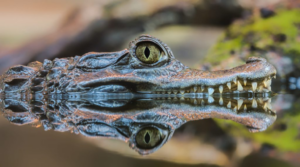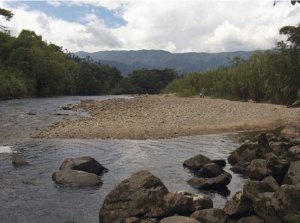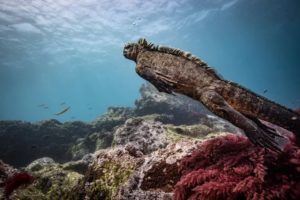Embark on a journey to one of Ecuador’s hidden gems, Cajas National Park. Nestled amidst towering elevations, this park is a well-kept secret that cradles vast interconnected lacustrine systems, resembling enormous boxes. Explore the breathtaking glacial valleys, pristine mountain lakes, and lush forests that make this national park an outdoor paradise—a haven for nature enthusiasts.

Unraveling the Mysteries of Cajas National Park
The Origin of the Name
Delve into the uniqueness of Cajas National Park, a world-renowned destination boasting unparalleled diversity in lacustrine bodies. The Quechua word “caxas,” meaning cold, contributes to its nomenclature. Alternatively, some believe the name stems from the geological formation, creating distinct “boxes” housing stunning lagoons.
Ecological Marvels
Covering 90.6% of the area, the herbaceous moor ecosystem dominates Cajas, with pockets of diverse landscapes. From Mazán to Canoas, the park showcases absolute heights below 3,600 metres above sea level. It’s a testament to its ecological significance, recognised as a State Natural Heritage Site since June 6, 1977.
Ecological Richness of Cajas National Park
Biodiversity
Dive into the rich biodiversity of Cajas National Park, a haven for various species, including puma, fox, deer, spectacled bear, and an array of birdlife. The park’s diverse flora spans forests, chaparros, meadows, copses, and grasslands, hosting unique plant species like sarar, pichul, and quinoa.
Lacustrine System
Uncover the vital role of Cajas’s lacustrine system as a water-regulating sponge, fostering habitat for over 20 species of amphibians, fish, and reptiles. Notably, it sustains the survival of the rare Jambatos species.

A Paradise for Bird Watchers
Unique Avian Species
Immerse yourself in the avian wonders of Cajas National Park, a true paradise for bird watchers. Encounter endemic species like the Metalura Gorjivioleta, along with elusive birds such as the giant conebill, silver grebe, and the Inca rainbow hummingbird.
Experiencing Cajas National Park
Activities and Attractions
With certified tour operators, engage in activities like sport fishing, rock climbing, camping, bird watching, environmental education, and interpretation. The park’s main attractions include Lagartococha, Toreadora, Llaviucu Lagoons, the Qhapaq Ñan Route, Avilahuayco, Loma de Tres Cruces, and Laguna Taitachungo.

Hidden Gems
Discover hidden gems like the “Cave of the Dead” near Lagartococha, a historic site linked to malaria victims. Explore the Qhapaq Ñan Route, showcasing pre-Hispanic buildings, and reach the panoramic Avilahuayco summit for a breathtaking view of the park.
Historical Significance
Unearth the historical remnants in Mamamag, with traces of the Inca Trail and pre-Inca constructions. These structures, resembling dairy farms and shelters, offer a glimpse into Cajas National Park’s role as a crucial passage to the coast.
In conclusion, Cajas National Park beckons explorers to delve into its natural wonders and diverse ecosystems. Whether seeking outdoor adventures or a serene escape, this hidden paradise promises an unforgettable experience for all.




